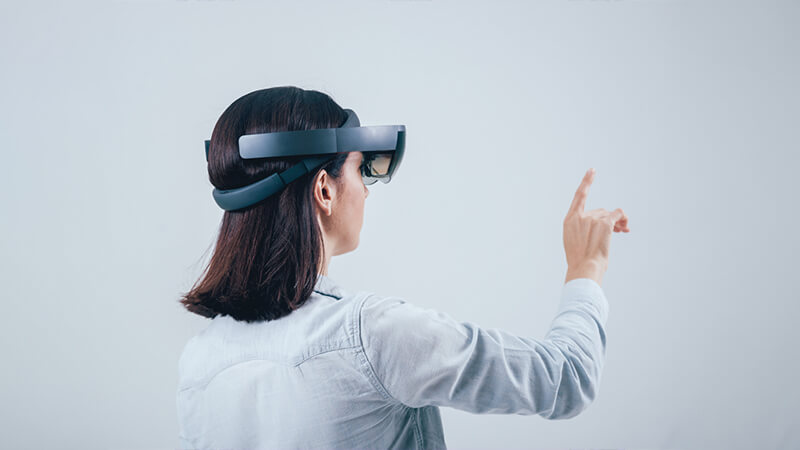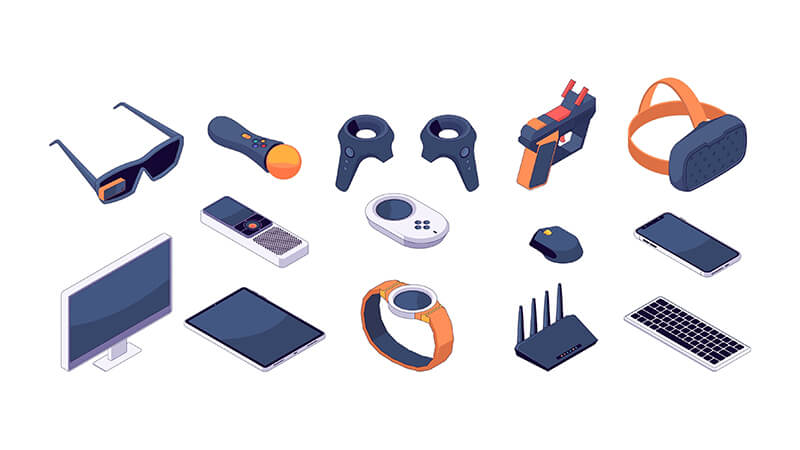Have you ever wished you could teleport yourself to another location? Imagine being able to participate in a meeting halfway across the world, or receive hands-on training from an expert without leaving your office. With the rapid advancement of Augmented Reality (AR) and Virtual Reality (VR) technologies, these scenarios are becoming more of a reality than science fiction.
As a human-centered tech enthusiast, I often find myself marveling at the transformative power of AR/VR. This technology has the potential to revolutionize how we work, learn, and interact with each other. In this blog, we will explore how AR/VR is enhancing training and remote collaboration in the workplace.
Let’s begin by understanding the terms. AR overlays digital information onto the real world, thus enhancing our perception of reality. On the other hand, VR creates a fully immersive digital environment that shuts out the physical world. Both technologies are shaping up to be game-changers in workplace settings.
One of the most significant benefits of AR/VR is its impact on employee training. Companies can provide more interactive and engaging training experiences. For instance, instead of reading through dense manuals or sitting through long presentations, employees can learn by doing. AR/VR enables simulation-based training, providing employees with hands-on experience in a risk-free environment.
Think about a new hire at a manufacturing plant learning to operate complex machinery. With VR, they can gain practical experience without the risk of damaging expensive equipment. In the medical field, surgeons can practice procedures in a simulated environment, reducing the potential for error when they perform on real patients.
Beyond training, AR/VR is proving to be an invaluable tool for remote collaboration. In the era of remote work, maintaining team cohesion can be challenging. AR/VR offers a solution by creating shared virtual spaces where teams can interact as if they are physically present. This not only bridges the physical distance among team members but also promotes more effective collaboration.
Take the example of spatial computing company, Magic Leap. They’ve developed an AR tool that allows remote workers to see 3D models of their colleagues in their own space. This makes the interaction more lifelike, enabling teams to work together seamlessly irrespective of their geographical location.
As exciting as these advancements are, it is essential to approach them with a human-centric perspective. While AR/VR can undoubtedly enhance training and collaboration, we must also consider potential issues such as user comfort, privacy, and the digital divide.
AR/VR is not just about dazzling tech – it’s about how we can use these tools to foster a more inclusive, engaging, and productive workplace. As we continue to navigate this exciting terrain, it’s clear that the future of work will be shaped not just by technology, but by the human experiences it enables. Stay tuned to this space as we continue to delve into the fascinating world of AR/VR and its impact on our lives.



